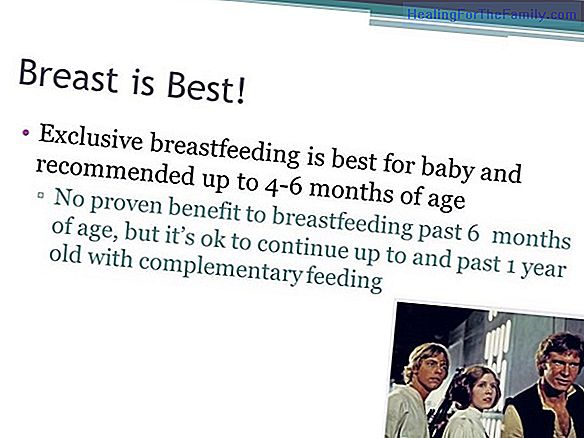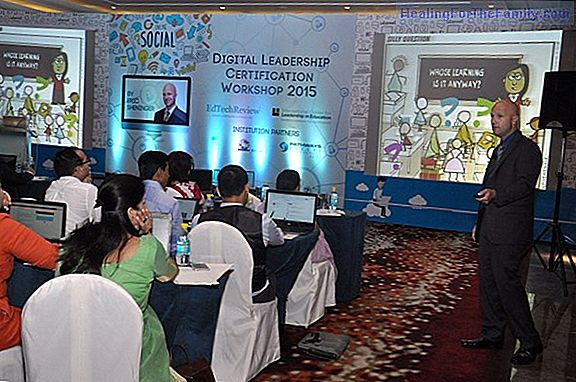Allergies in children
Allergy is an immune response or an exaggerated reaction to substances that are generally not harmful. Allergy is caused by a highly sensitive immune system, which leads to a wrong immune response. Normally, the immune system protects the body from harmful substances such as bacteria and viruses. An
Allergy is an immune responseor an exaggerated reaction to substances that are generally not harmful. Allergy is caused by a highly sensitive immune system, which leads to a wrong immune response. Normally, the immune system protects the body from harmful substances such as bacteria and viruses. An allergic reaction occurs when the immune system reacts to certain substances (allergens), which are normally harmless, and in most people do not produce an immune response.
The symptoms of allergies in children can be more or less intense. Most people have mild symptoms, which do not endanger life, while others have a more intense and dangerous reaction known as anaphylaxis.
Allergies in the most common children

Some of the related diseases with allergies in children are manifested through the skin or respiratory system. Cutaneous eczema and asthma are among the most common.
The reason for these conditions is that the most common allergens are present in some environmental agents that have contact with the skin, respiratory tract or the surface of the eyes such as pollen, mold, dandruff and dust. Similarly, allergic reactions may be caused by insect bites, jewelry, cosmetics and other substances that come in contact with the body.
Types of allergies in children
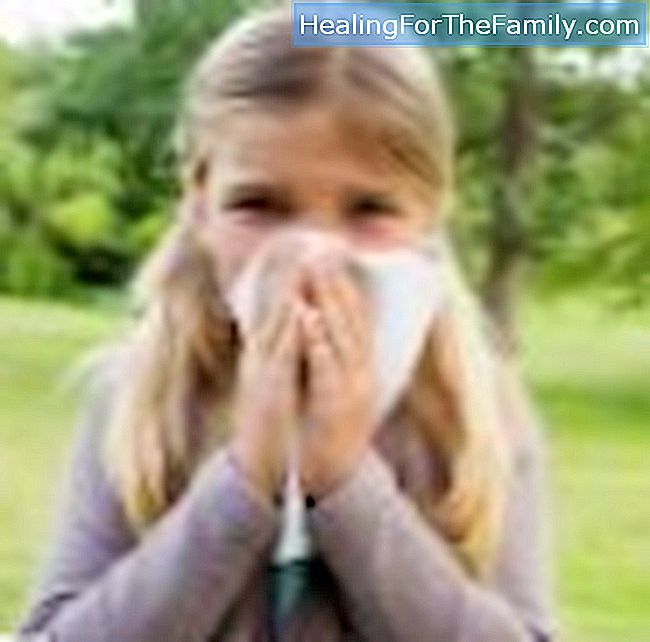
Spring allergy. The spring allergy often appears in childhood and have a high genetic component, ie the allergy is inherited. As spring approaches, seasonal allergies and spring asthenia begin.
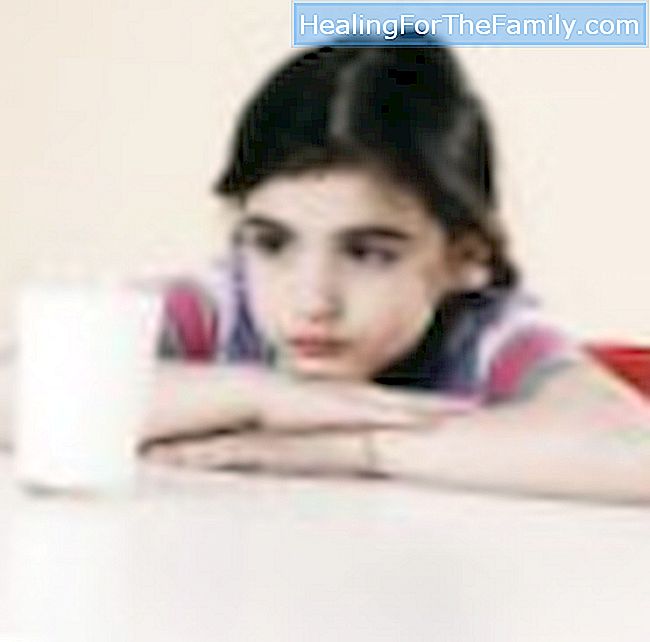
Intolerance to food. Food allergies are a very common disorder in childhood. The foods that cause the most allergies and intolerance in children are milk, eggs, fish, nuts or wheat.
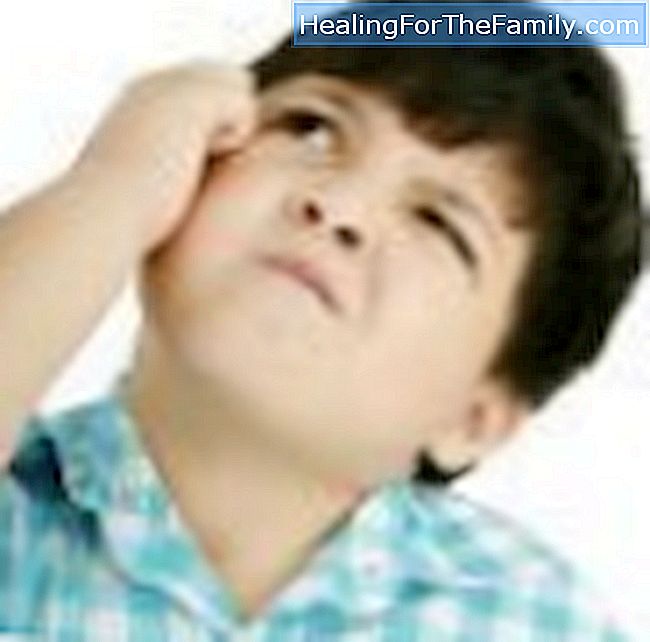
Skin allergies. The delicate skin of children reacts against the substance in question and causes dermatitis, itching, rash, eczema, psoriasis, inflammation, redness ... Skin allergies occur when a substance comes into contact with the body whether animals, food , medicines, insects, chemical elements or even the sun.
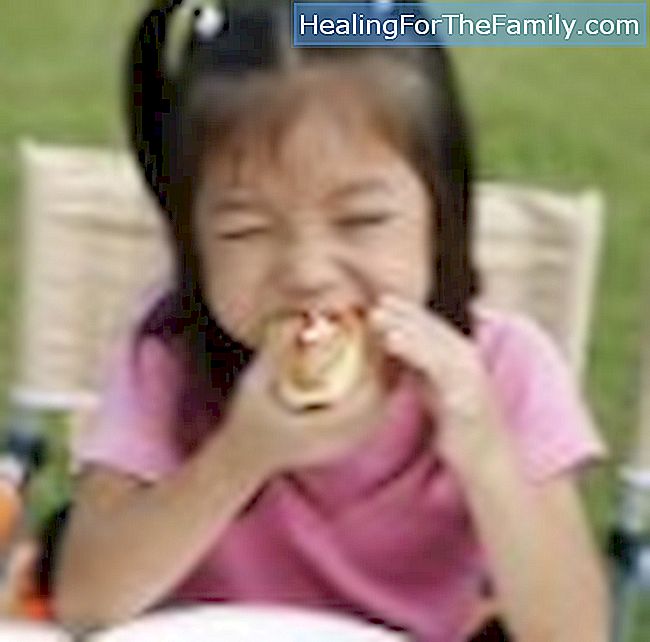
Allergies to certain foods. Infant allergies to the most frequent foods. Characteristics of childhood food allergies. Symptoms of food allergies of children.
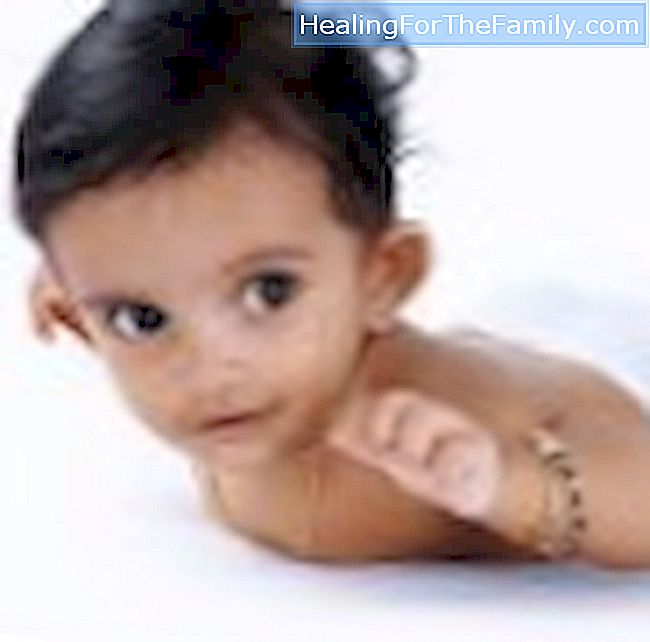
Nickel allergies. The allergy to nickel metal can be by contact or ingestion of said metal. Depending on this, the symptoms will be one or the other. If it is due to skin contact, the allergic reaction is usually rash or dermatitis. It is a chronic disease that has higher and lower incidence peaks.

Allergies to drugs in children. Allergies to drugs in children. Allergies to medicines in children. Allergic reactions to medications and drugs in children. Symptoms and treatment of drug allergies in children.

Allergy to dust in children. One of the most common and annoying respiratory allergies among children is allergy to dust mites. Also it is not a seasonal allergy. It is present throughout the year. But what are mites? Where are they? What can we do to avoid this child allergy to household dust?
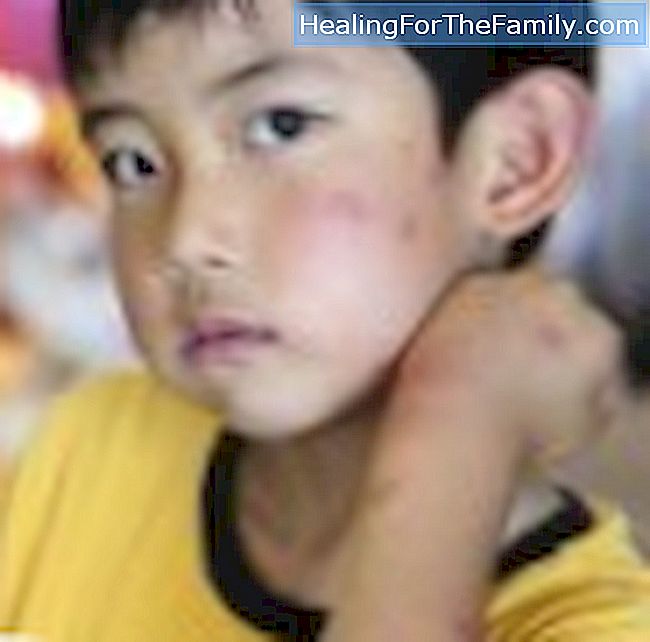
Child allergies to insect bites. Allergy of children to insect bites. During the summer period, the activity of certain insects such as wasps, bees, flies or mosquitoes increases, which is why there is a greater risk of suffering stings and allergic reactions from the second bite.
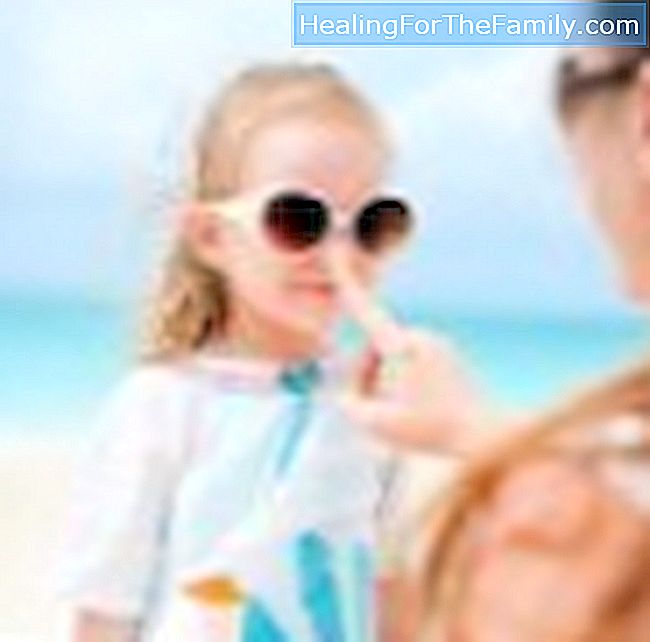
Allergy to the sun in children. Child allergy Allergy to the sun Among the allergic reactions to the sun, we must distinguish two types: one is solar urticaria, which is triggered directly by the sun, and the other is the photoallergic reaction, which is caused by other substances when they come in contact with sunlight .



